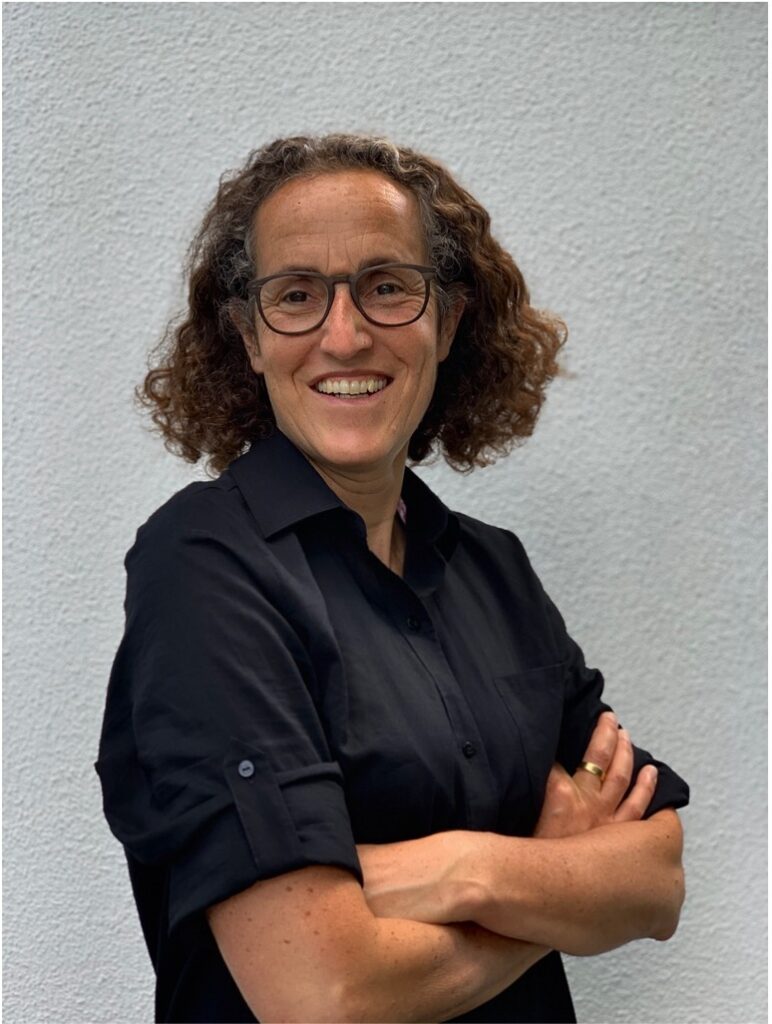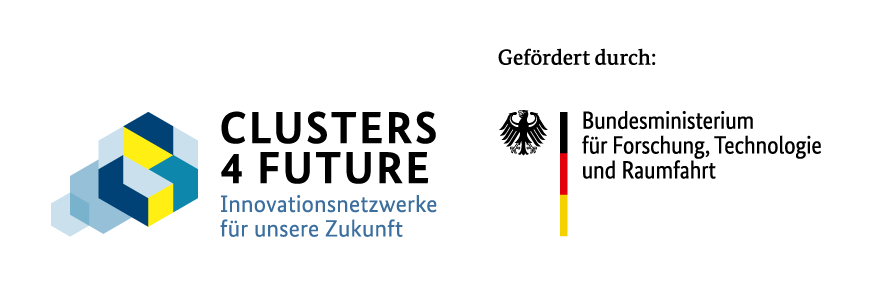
MCube:
Curriculum vitae: Sonja Rube is an independent urban planner, real estate economist (ebs) and doctor of philosophy with a focus on innovation and transformation management of urban and mobility development processes for the city of the future. After working in a freelance planning office and for Deutsche Bahn, Sonja Rube has been managing partner of USP Projekte GmbH in Munich since 2005. Thanks to her self-image based on maximum reflection, interaction and co-creation and her unique moderation skills, complemented by valuable research findings on participation, she has an extensive repertoire of methods for shaping the collective future that are relevant to the current social transformation.
With her special expertise in the field of mobility of the future, in particular through project management in innovative research and development projects for sustainable mobility, such as Freising city center, City2Share, Model City 2030, MoveRegioM, transformation management Coesfeld, preparation of the International Building Exhibition "IBA Spaces for Mobility" for Munich or the inter-municipal rental bike system MVG Rad, as well as through her work in research and expert committees, she is currently a pioneer and thought leader for mobility solutions of the future.
Sonja Rube is a lecturer in the field of participation/transformation at the University of Vienna and the Rhein-Main University of Applied Sciences, a speaker at the vhw, Difu, FZNuM, among others, and is a member of the Multi- and Intermodality Working Group and the Impact Analysis of New Forms of Mobility Working Group at the FGSV as well as in various working groups of the Citizen Participation Association, the Competence Center for Citizen Participation and the Alliance for Diverse Democracy.

What is MOSAIQ?
Imagine something: There is more space for people. The streets have more trees and plants. Everyone can get around better. That's how your Schwabing-West district could be in the future. How would you like your district to be? We want to talk to you about it!
The project is called MOSAIQ. MOSAIQ is a research∙project. MOSAIQ means: Mobility and urban climate in the future city∙part. The Technical University of Munich is leading the project.
What is MOSAIQ about?
MOSAIQ wants to make the streets in the city∙part more beautiful. People should feel comfortable there. There should be more space. For meetings and plants, for example. You can help decide what is tried out in the Stadt∙teil. The ideas come from you. Some ideas will be tried out on the streets for a certain period of time.
The aim of MOSAIQ is to make urban districts good places to live.
At the same time, the climate in the city should improve. And people should be able to move around the city easily.
What is happening in the district?